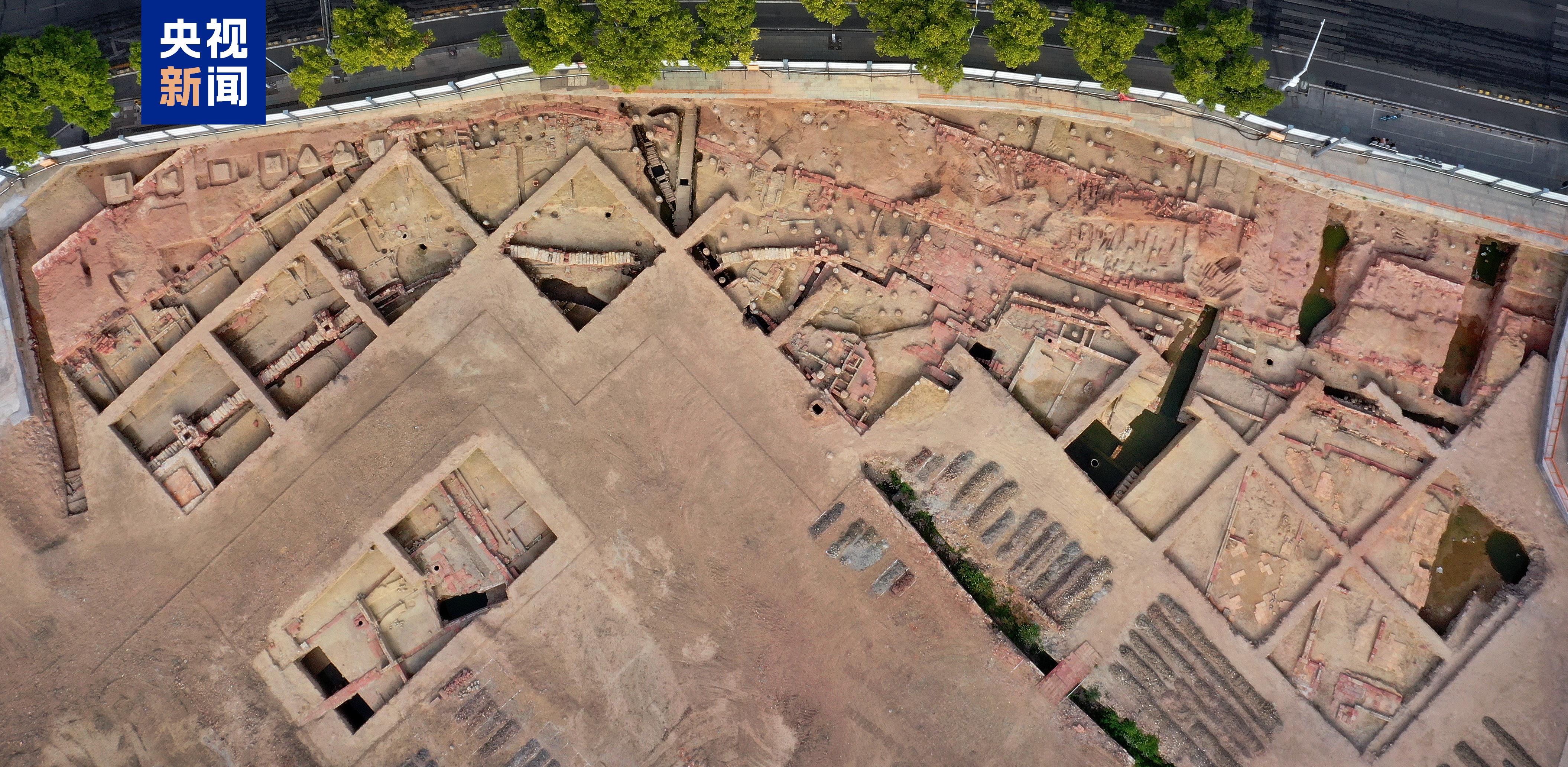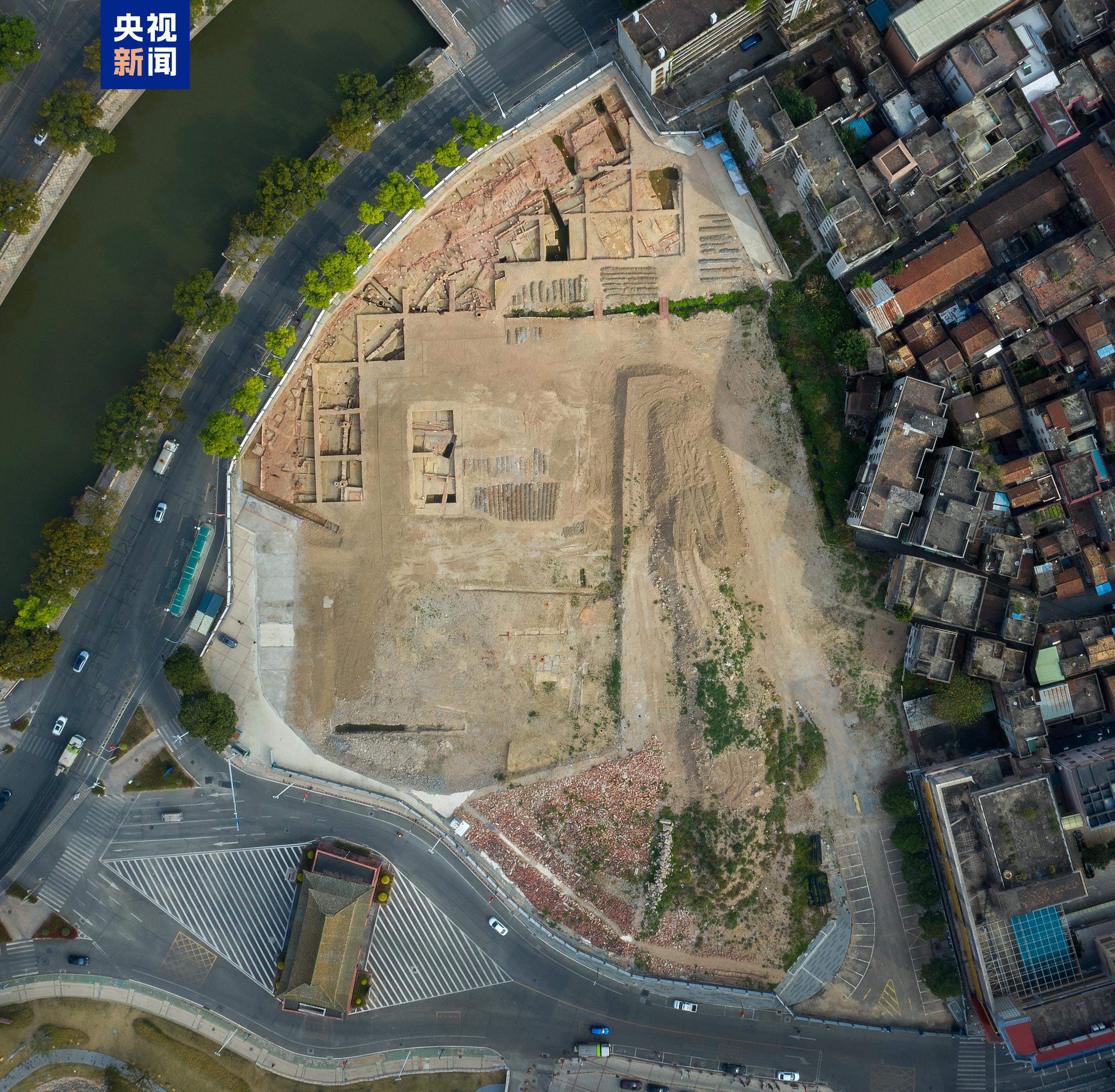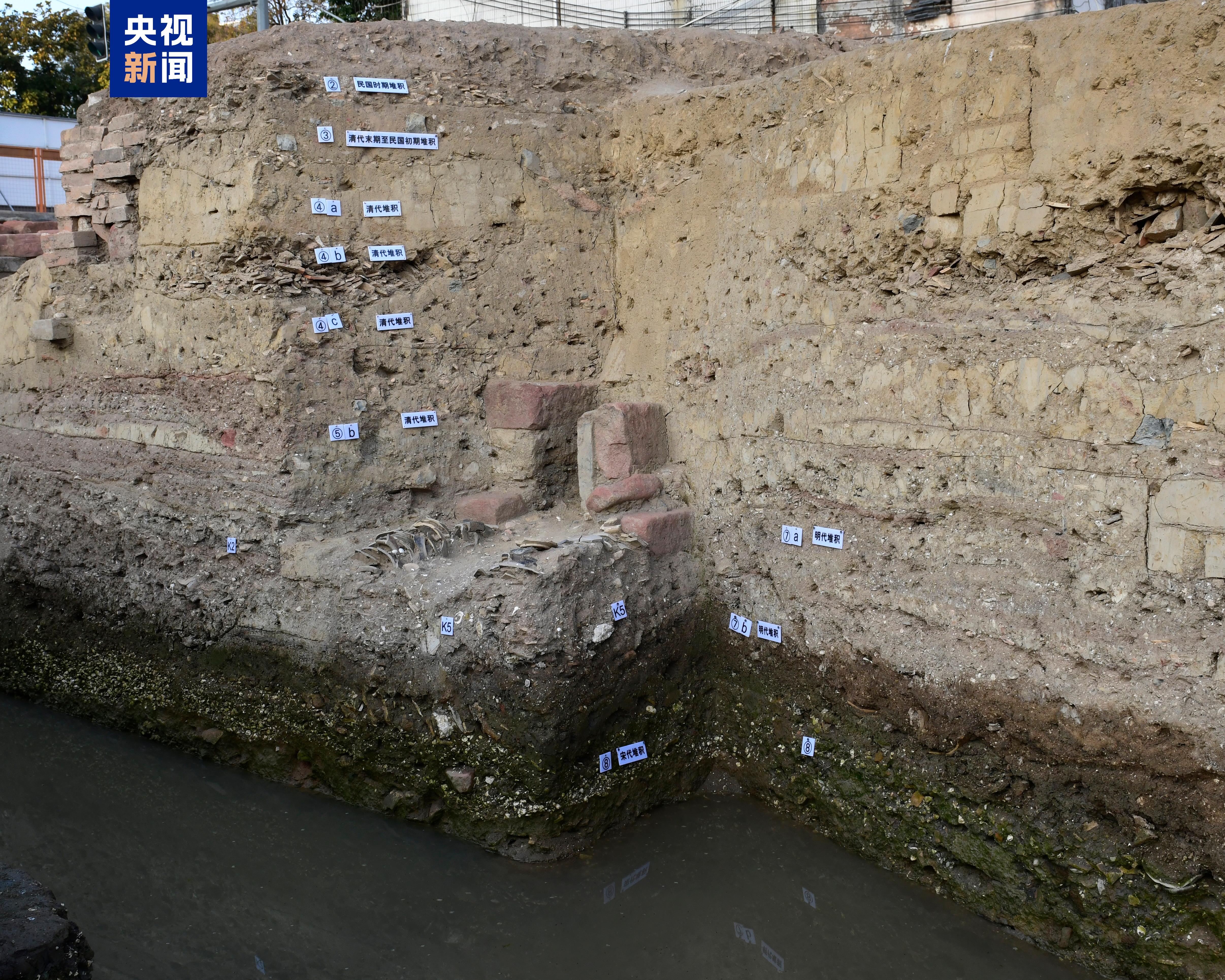On February 25, Dongguan City, Guangdong Province released the archaeological excavation results of the Nanhaiwei Wall site, and also announced the construction plan for the archaeological site park. This is the largest single excavation area in Guangdong Province in recent years. It fills the gap in the archaeology of Dongguan’s ancient city ruins and verifies Dongguan’s important position in the ancient Guangdong coastal defense system and the Maritime Silk Road.

The Nanhaiwei City Wall site is located in Guancheng Street, Dongguan City, adjacent to the Yingen Gate Tower of the Guangdong Provincial Cultural Relics Protection Unit, with an area of about 15,000 square meters. The site has rich cultural relics, and a large number of architectural components and living objects from the Song Dynasty to the Republic of China have been unearthed. There are 360 small pieces of various types with relatively complete and valuable value, and 90 boxes of fragments of various types of objects.

Cao Jin, director of the Guangdong Provincial Institute of Cultural Relics and Archaeology, said that the Ming Dynasty Nanhai Cang Wall ruins discovered by this archaeological excavation have important academic value, and verifies that Dongguan, as the "first gateway to Guangdong Sea" in the military maritime defense system in the Ming Dynasty, was verified by Dongguan as the "first gateway to Guangdong Sea" in the military maritime defense system in the Ming Dynasty. The important position in this country proves that Dongguan is an important node of the "Maritime Silk Road".

Next, Dongguan will rely on the Nanhai Cang Wall site to create a composite type that concentrates on displaying Dongguan's urban development history, ancient China's coastal defense system, and has functions such as historical education, ecological conservation, leisure and recreation, and urban cultural portal. Urban Archaeological Site Park.
(Reporter Sun Bing of the General Station)